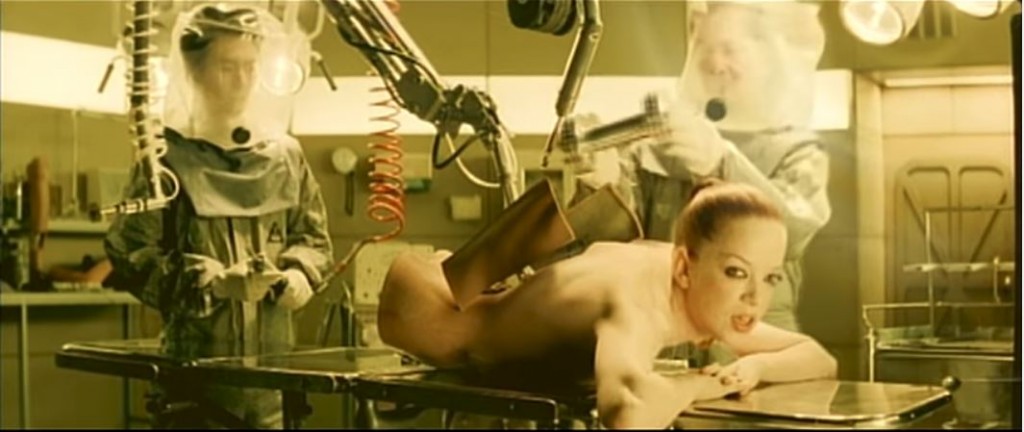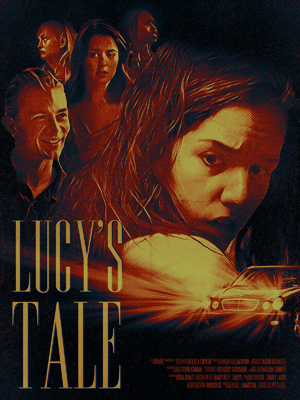 The third and last screening I saw on Saturday, July 21, was a selection of short films: the 2018 Born of Woman Showcase, presenting short genre works by women filmmakers. This year saw nine movies from eight countries.
The third and last screening I saw on Saturday, July 21, was a selection of short films: the 2018 Born of Woman Showcase, presenting short genre works by women filmmakers. This year saw nine movies from eight countries.
First was “The Gaze,” from the United States, directed, written, and produced by Ida Joglar. Mayra (Siri Miller) is a young scientist who seems to be on the edge of manifesting psychic powers. Then her boss, an older and far more renowned scientist (Drew Moore), makes an improper advance; we don’t see exactly what happens, and when Mayra tries to explain it to her friend Jenny (Jennifer Rostami) later, Jenny minimises what she has to say. But later he makes an unambiguous assault on Mayra, leading to a manifestation of power and a lengthy final shot as the credits roll that can be read as either comedy or horror. Or, perhaps, both. The film’s well-shot, particularly a sequence in which Mayra tests her apparent powers with a pencil and a glass of milk, and Miller in particular is very good. It’s not especially subtle, but some things are best not handled subtly.
France’s “Petite Avarie,” directed by Manon Alirol and Léo Hardt, written by Hardt, was next. It begins with a woman (Manda Touré) coming home to her boyfriend (Hardt). She’s just been diagnosed with breast cancer. His response is to break up with her in a lengthy monologue, because it’s going to be too hard on him to stay with her. He leaves the apartment, goes to a nearby bar, and there she catches up with him and lashes back, verbally and physically. This leads to a kind of reconciliation. It all works from the sheer absurdity and cruelty of the dialogue; Hardt delivers his self-pitying speech blandly, like some sort of psychopath. When Touré’s character catches up with him, though, we find out she’s every bit as terrible a human being as he is. The writing here is stunning in its crudity and cleverness, and it’s delivered with an outrageous precision. It’s strong stuff, such that some won’t be able to see the humour in it, but it works.
“Lucy’s Tale,” from the United States, was next. Written and directed by Chelsea Lupkin, it follows a bullied teenager who’s trying to negotiate high school and develop a romantic life — while she’s also developing a tail. Irina Bravo gets across Lucy’s desperation, anger, and the unpredictable surges of emotion she has to deal with. The movie looks nice, often dark, always ominous. It’s about growing up, but growing into something nobody expects. What is Lucy at the end? I’m not sure, and I’m not sure it’s important to be sure. Whatever she is, that’s what she’s become.
…
Read More Read More
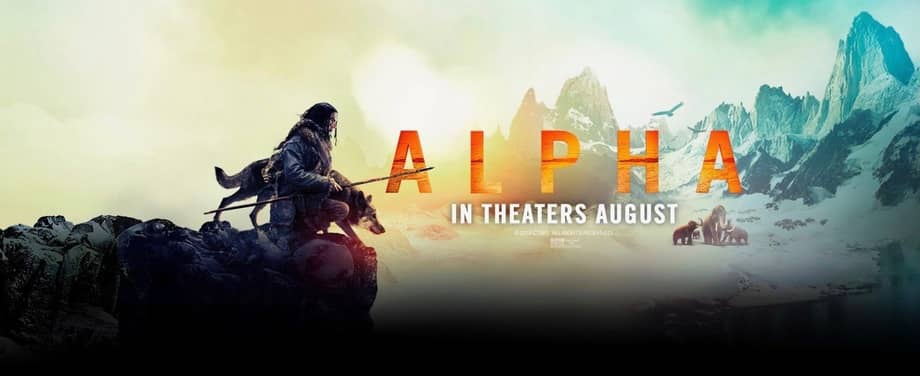
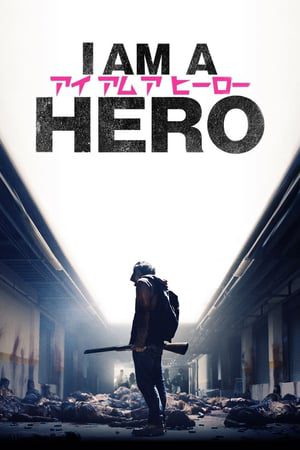
 I had three consecutive movies I wanted to watch on July 23. All three came from director Shinsuke Sato, all three were live-action manga adaptations, and all three were followed by question-and-answer sessions with Sato (the first at the De Sève Theatre, the second two at the larger Hall). I’ll write up what he had to say about his films in a separate post tomorrow. Today, my impressions of the movies themselves: the zombie apocalypse thriller I Am a Hero, the supernatural epic Bleach, and the science-fictional super-hero movie Inuyashiki. Note that I have read precisely none of the original works these movies were based on, and can speak only to the films I saw.
I had three consecutive movies I wanted to watch on July 23. All three came from director Shinsuke Sato, all three were live-action manga adaptations, and all three were followed by question-and-answer sessions with Sato (the first at the De Sève Theatre, the second two at the larger Hall). I’ll write up what he had to say about his films in a separate post tomorrow. Today, my impressions of the movies themselves: the zombie apocalypse thriller I Am a Hero, the supernatural epic Bleach, and the science-fictional super-hero movie Inuyashiki. Note that I have read precisely none of the original works these movies were based on, and can speak only to the films I saw.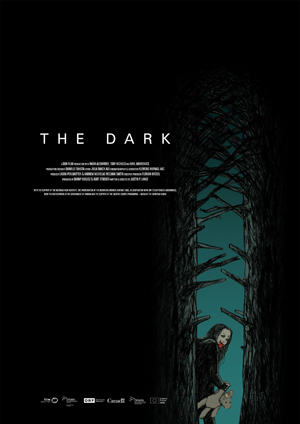 I had four movies on my schedule for Monday, July 23. Three of them were the work of one director. But before I got to those, I had an intriguing horror film at the J.A. De Sève Theatre to watch first: The Dark.
I had four movies on my schedule for Monday, July 23. Three of them were the work of one director. But before I got to those, I had an intriguing horror film at the J.A. De Sève Theatre to watch first: The Dark.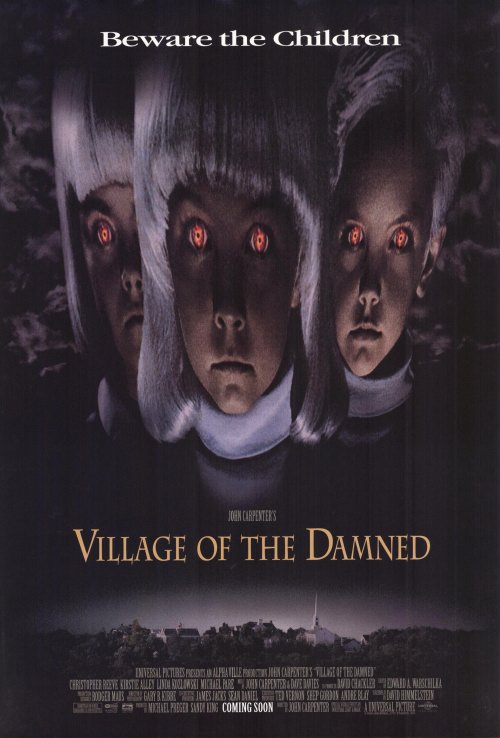

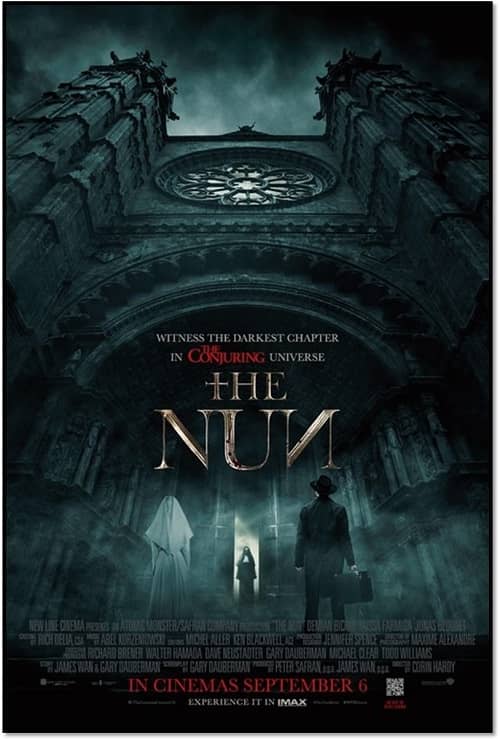
 The third and last screening I saw on Saturday, July 21, was a selection of short films: the 2018 Born of Woman Showcase, presenting short genre works by women filmmakers. This year saw nine movies from eight countries.
The third and last screening I saw on Saturday, July 21, was a selection of short films: the 2018 Born of Woman Showcase, presenting short genre works by women filmmakers. This year saw nine movies from eight countries.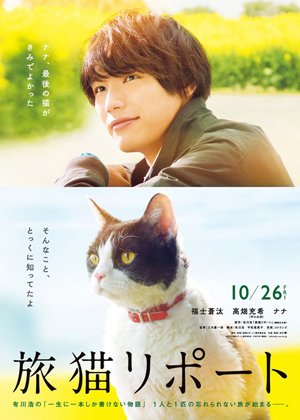 I had three screenings I planned to attend at Fantasia on Saturday, July 21. The last would be a showcase of short films, but the first two were features. The day would begin at the Hall Theatre with The Travelling Cat Chronicles, an adaptation of a Japanese novel about a cat and assorted humans. Then would come Da Hu Fa, a 3D animated film from China about a diminutive martial-arts master seeking a lost prince within a hidden valley.
I had three screenings I planned to attend at Fantasia on Saturday, July 21. The last would be a showcase of short films, but the first two were features. The day would begin at the Hall Theatre with The Travelling Cat Chronicles, an adaptation of a Japanese novel about a cat and assorted humans. Then would come Da Hu Fa, a 3D animated film from China about a diminutive martial-arts master seeking a lost prince within a hidden valley.